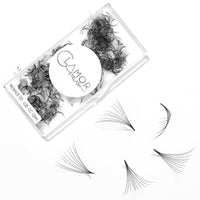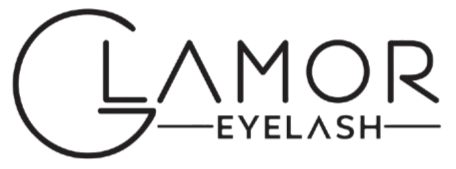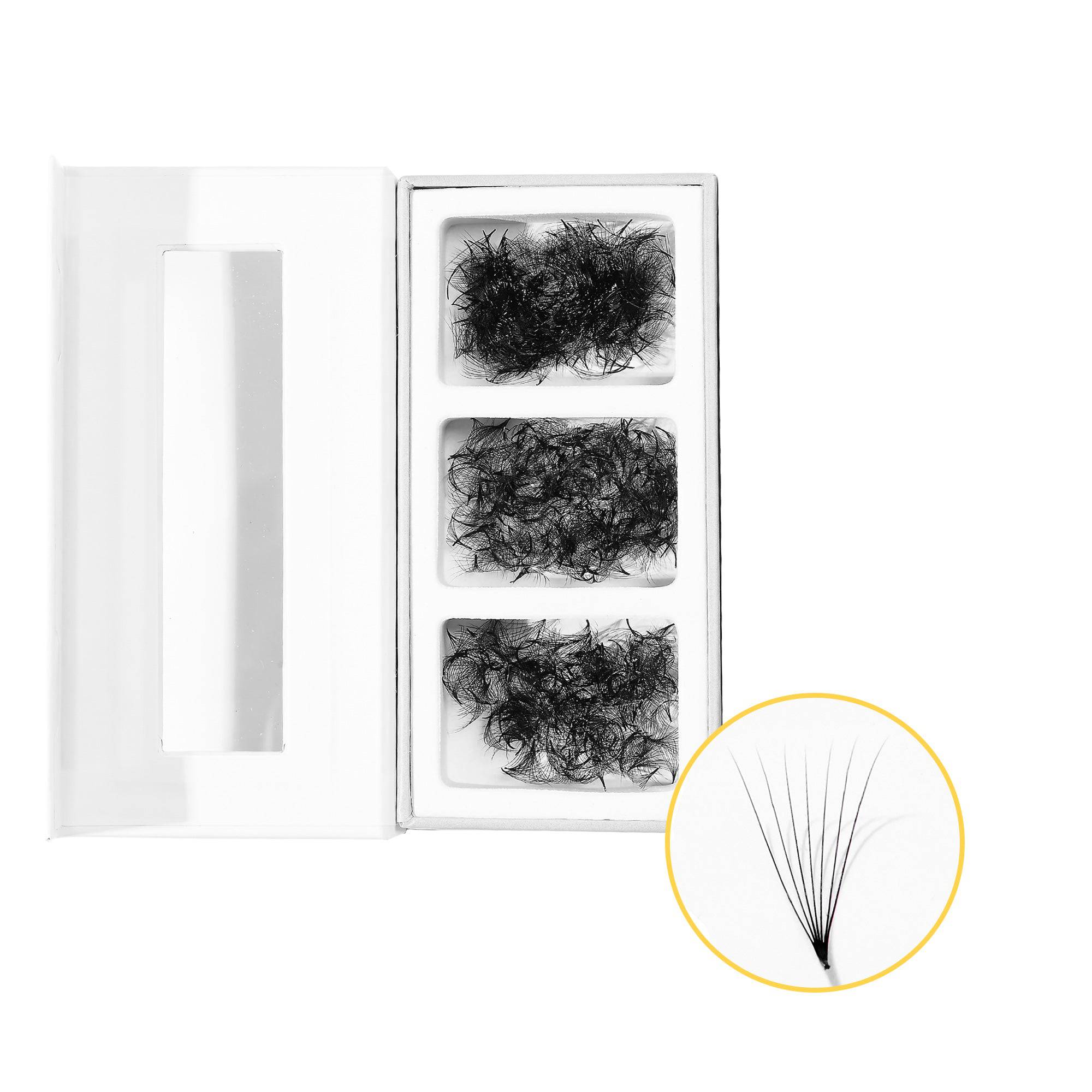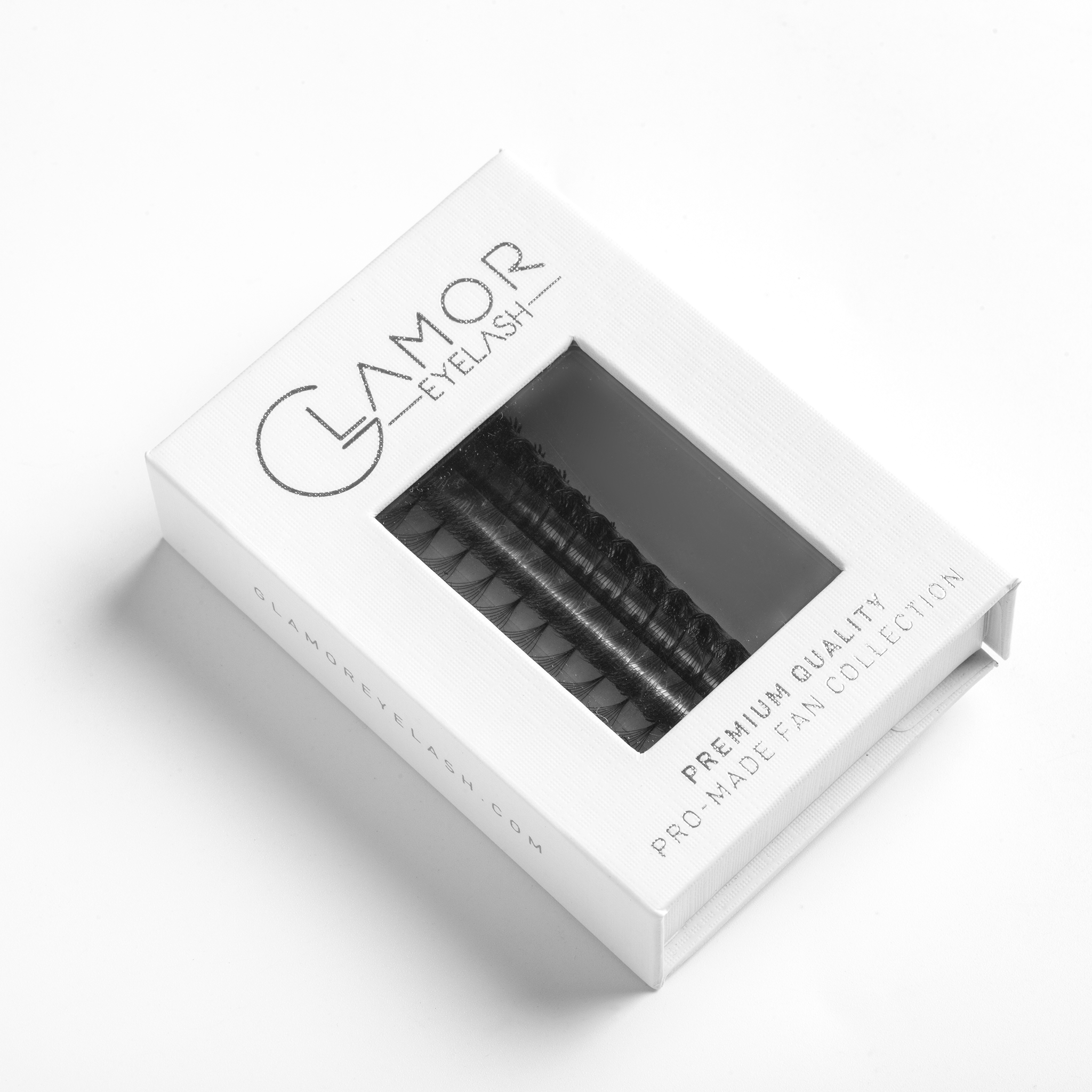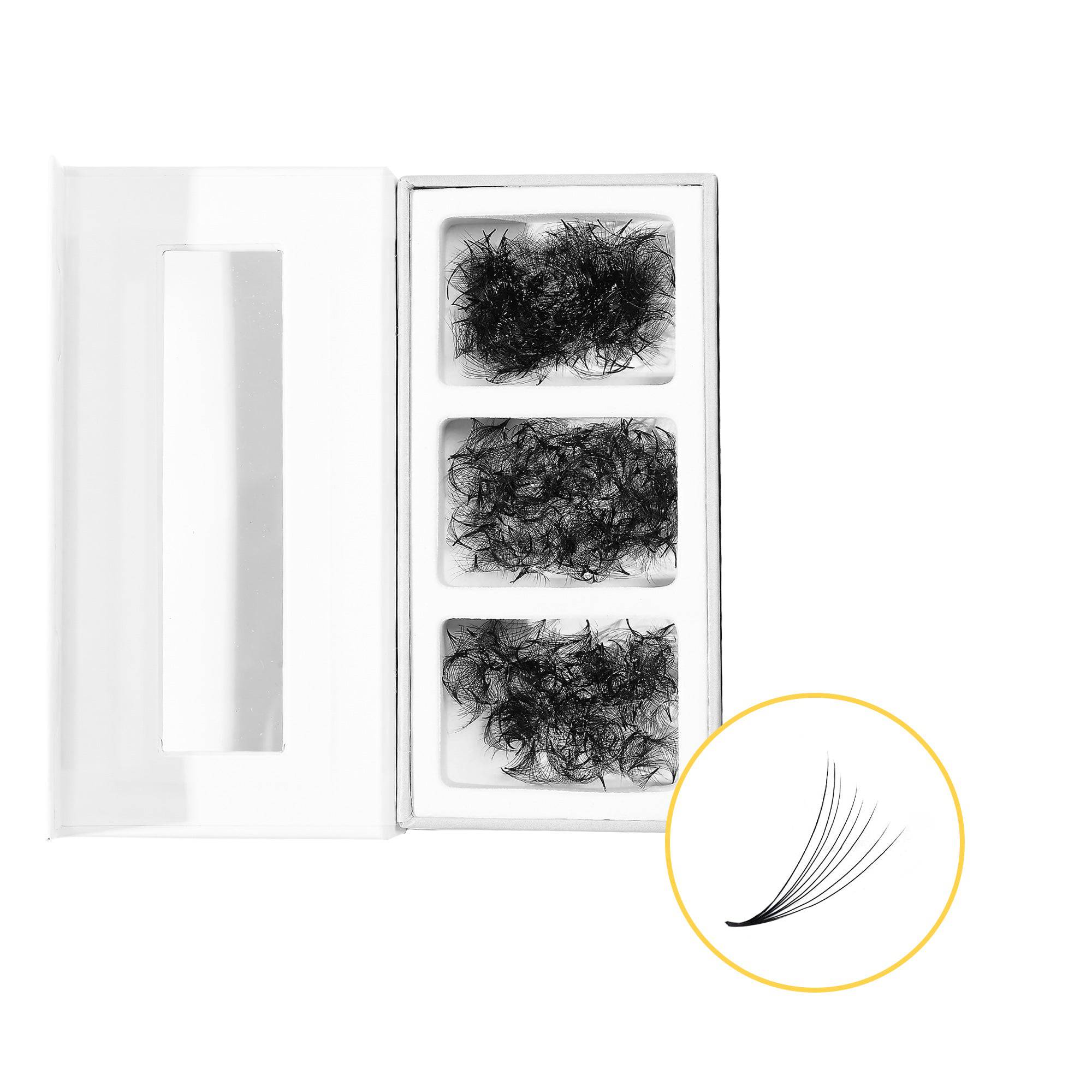When it comes to lash extensions, there’s no shortage of types to choose from. In fact, if you just googled “lash extensions” or “eyelash extensions”, even “Mink Lash Extensions”, odds are you’ll soon be bombarded with advertisements as soon as you’re done reading this.
Yet all eyelash extensions are not created equal. You’ll probably see pop up ads for everything from cheap strip eyelashes (the same quality that you’d find at a drugstore) to high-end, diamond-encrusted lash extensions (which believe it or not, is a real thing).
For those of us who won’t be wearing lashes adorned in precious gems or dipped in gold (also a real thing), the options can still be overwhelming and sometimes confusing.
This guide will help review the most common lash extension materials, from basic plastic to mink lashes, faux mink lashes, fox fur lashes and more, providing a breakdown of the pros and cons of each type.
Reading recomendation: Eyelash extensions: Everything you need to know
Plastic Synthetic Lashes
The lowest grade of lash extensions are plastic synthetic lashes. Plastic synthetic lashes are most commonly made out of a plastic fiber called PBT, or Polybutylene Terephthalate. These are the lashes that you might find at the drugstore.They are usually very heavy and unnatural looking. They are less natural because they have been heated and molded to remain very stiff (think about how plastic water bottles are created).
The band is also made of a heavy plastic, which makes the entire strip or fan very rigid and inflexible. This doesn’t facilitate natural movement of your eyes.
The main benefit of these types of lashes is their affordability. They also appear thicker, glossier, and more dramatic than many other professional lash extension types. The only time that we recommend using these types of lashes would be for a temporary strip application (a Halloween costume, for example).
Even then, we only recommend using magnetic strip lashes, as eyelash glue will damage natural lashes and lash extensions if not applied properly by a trained professional.
What are Mink Lashes?
Mink lashes are one of the most commonly requested types of lash extensions. Mink lashes are handmade and derived from the tail of a mink. Mink lashes create a light, feathered, fluttery, natural appearance. They are reportedly the most comfortable on the eyes (although some clients may be allergic to mink or other animal products.) Mink natural lashes are incredibly lightweight, versatile and usually lighter in color, making them perfect for lighter-haired clients.
Mink natural lashes are the best type of lash for clients who are looking for a more natural look. The main benefit of individual mink lashes is they cause little thinning of the natural lashes, since they are so lightweight and highly flexible.
Where do mink lash extensions come from?
One of the biggest questions about mink lash extensions is whether or not minks were killed to obtain the lashes. Minks are not harmed to obtain the hair used for mink lash extensions. The hair is obtained from brushing the tail of the mink. (Like human hair, some hair always comes out in the hairbrush.)
However, some of the minks that are brushed are from mink farms, which do kill minks for fur. This is why it is important to only get mink lashes from a professional who obtains lashes from reputable distributors.
The main downside to mink lash extensions is their cost. Generally speaking, mink lashes cost more than other types of lash extensions and they are not as thick, long or dramatic.
Fox Fur Lashes
Fox fur lashes are handmade and even more expensive than mink lash extensions. They have a very soft and natural feel. Customers typically seek out fox fur lashes for their velvety, rich and shiny appearance.
Like mink lashes, fox fur lashes have a naturally tapered tip that mimics an actual eyelash shape.
Like mink eyelashes, fox fur lashes are obtained by brushing the tail of a fox.
Like mink natural lashes, there are some breeders that are less reputable than others.
Horse Hair Lashes
Horse hair lashes are handmade and also more expensive than mink lashes. They also provide a more natural look. They have less sheen than fox fur lashes, but are wispier and fluffier than either mink or fox fur lashes. Horse hair lashes are obtained from brushing the tail of a horse.
There is reportedly less animal cruelty involved in obtaining horse hair, but it is still important to only work with professionals who obtain their lashes from reputable brands. All lash extensions derived from animal fur or hair undergo ultraviolet sterilization procedures before being made into eyelashes.
Silk Synthetic Lashes
For silk synthetic lashes, the use of the term “silk” is not a completely accurate for this type of lash, since most silk lash extensions are not made of 100% silk but rather a combination of material that gives these lashes a silky and shiny appearance and semi-gloss finish coveted by most customers.
The main problem is that pure silk is far too soft and is unable to hold the shape and curl that most customers desire from their eyelash extensions. Silk eyelash extensions usually contain several materials including silk, cashmere and high-grade acrylic plastic derivatives.
Silk lash extensions are a mid-weight and mid-price point type of lash extensions. They are lighter, finer and more flexible than plastic synthetic lash extensions, but not as fine as mink, fox or horse hair lashes. Silk lashes have a shorter taper than mink natural lashes, meaning the body of the lash is thicker at the base.
Since they are machine made, they are the most versatile, meaning they can come in a variety of shapes, lengths and curl types. (Due to their thinness, animal-derived lashes can never be too long.)
But what about human hair lash extensions?
Unlike hair extensions where the highest quality extensions are made of 100% human hair, eyelash extensions are almost never made exclusively from human hair, and especially not human eyelashes.
There are a limited number of salons and brands that claim to use human hair lash extensions, but these are considered an unusual choice for many reasons. A benefit is that the cuticle found in natural human hair holds glue better than many types of lashes.
However, there is the glaringly obvious problem of harvesting human lashes. Most human hair for extensions is acquired from hair swept off cutting room floors
This means the hair is likely a combination of regular hair and eyelashes. Even brands that claim their lashes are made from human hair usually mix in mink or silk extensions. This is similar to when hair extension companies sell “human hair blend” extensions. Sure, half of the hair might be human, but the rest could be made from anything – horse hair, plastic, etc.
You cannot style human hair the same way as synthetic hair, either on your lashes or on your head – it results in an uneven application and look.
Choosing Your Best Option
As always, not every type of lash extension will work for every client. Some clients may be sensitive to animal fur, while others might want a softer look. A trained lash technician can work with you to find out what lash material, type, application and curl pattern is best for you.
Although mink lash was historically the top choice, it’s leaving the spotlight open to other options including Russian Volume. As always, we are here to help you meet your lash goals. Additionally, always look for a provider with rigourous cleaning service backup and guidelines processing.

Sidebar
RECENT POSTS
-

What Causes Eyelash Extensions to Fall Out Quickly? Common Mistake #7!
December 18, 2025
-

Discover Eyelash Extensions 2025: The New Beauty Trend
December 06, 2025
-

